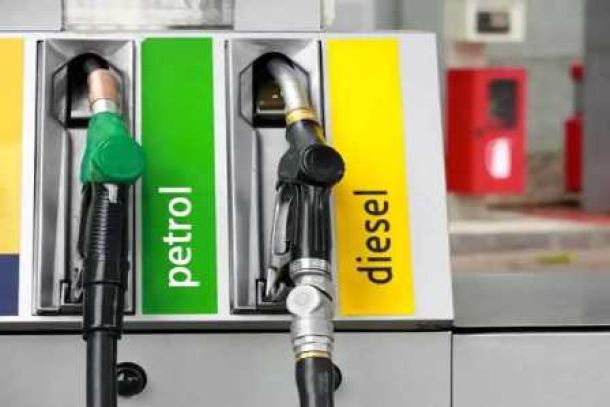Food prices escalate at an alarming rate
The effects of drought are starting to take their toll on the already stretched South African consumer as food prices escalate at an alarming rate.
Announcing an interest rate increase to 7 percent last week, Reserve Bank governor Lesetja Kganyago said food prices had been accelerating faster than previously expected, due to the weaker exchange rate and the intensification of the drought, resulting in an upward revision to the food price forecast.
The governor said that manufactured food price inflation measured 7.8 percent in the producer price index, while agricultural prices increased by 25.9 percent, with cereals and other crops increasing by 79.2 percent.
“These increases are expected to impact with a lag on consumer prices,” he said.
“Annual consumer price index (CPI) food price inflation is now expected to peak at 11.6 percent in the final quarter of 2016, compared with 11.3 percent previously.”
The CPI inflation update for February to be released today was expected to reflect a continuation of supply-side factors, exerting upside price pressures, and yielding a rate of 6.6 percent year on year compared with 6.2 percent in January, said Investec economist Kamilla Kaplan on Friday.
Because of the drought, the price of potatoes has more than doubled as compared to the same time in March 2015.
According to the latest information by Potatoes SA, the four biggest fresh produce vegetable markets are charging between R57.23 and R68.03 for 10kg of potatoes currently. Last year’s prices were between R25 and R35.
A recent survey by the Crop Estimates Committee (CEC) revealed that South Africa might trim its estimate for maize production this season by 2.5 percent because of damage from the worst drought in more than a century.
It said farmers would harvest 7.1 million tons this year. This is less than the February forecast of 7.26 million tons by the CEC. The 7.1 tons would be the smallest amount since 2007. It would also be 29 percent less than the 9.96 million tons last year.
In the first 10 days of March, a total of 577mm of rain fell in towns of the Free State region, data by the SA Weather Service show. Towns in the North West received 479mm of rain.
GrainSA said the country might need to import 3.8 million tons this year to supplement domestic supplies. Rainfall last year declined to the least since 1904. The rains that have fallen this month are providing hope, but Paul Makupe, an agricultural economist at FNB, warned the country is not out of the woods.
“The areas with irrigation schemes will be less affected by the drought, but they also have to deal with water restrictions,” Makupe said.
BUSINESS REPORT
News Category
- International retailers
- On the move
- Awards and achievements
- Legislation
- Wine and liquor
- Africa
- Going green
- Supplier news
- Research tools
- Retailer trading results
- Supply chain
- Innovation and technology
- Economic factors
- Crime and security
- Store Openings
- Marketing and Promotions
- Social Responsibility
- Brand Press Office
Related Articles

Shoprite increases executive pay as consumers t...

Unions slam SA retailers for ‘profiteering’ as ...

Major Petrol Price Changes on the Horizon

Retailers not cutting food prices fast enough -...


